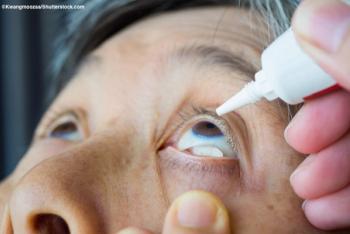
Intracameral administration of the fixed combination of phenylephrine and ketorolac injection 1%/0.3% (Omidria, Omeros) during cataract surgery is safe and effective for maintaining pupil dilation, and minimizes the need for a pupil expansion device, according to the findings of a retrospective study conducted by Frank A. Bucci, Jr., MD.




.png)


